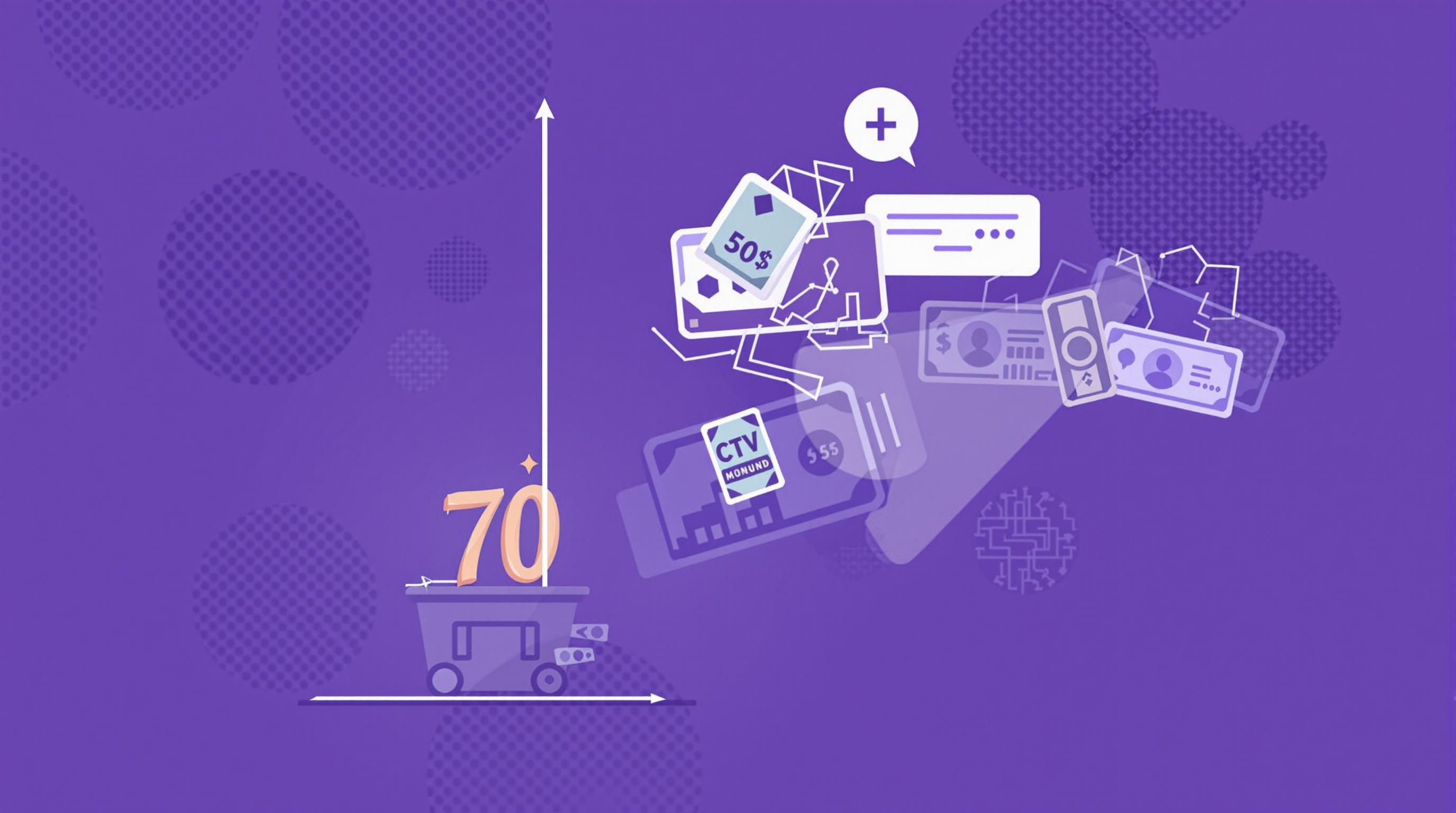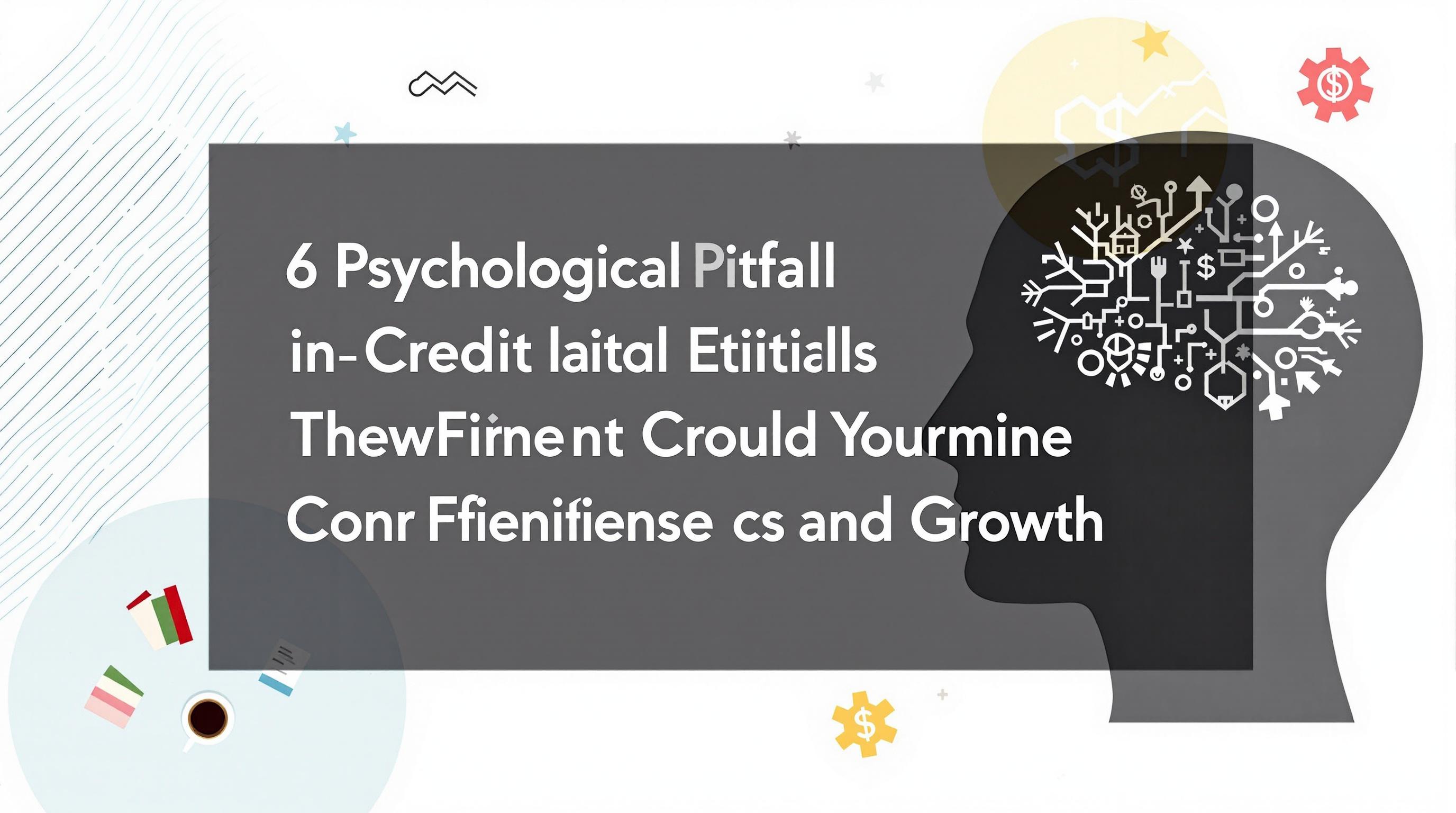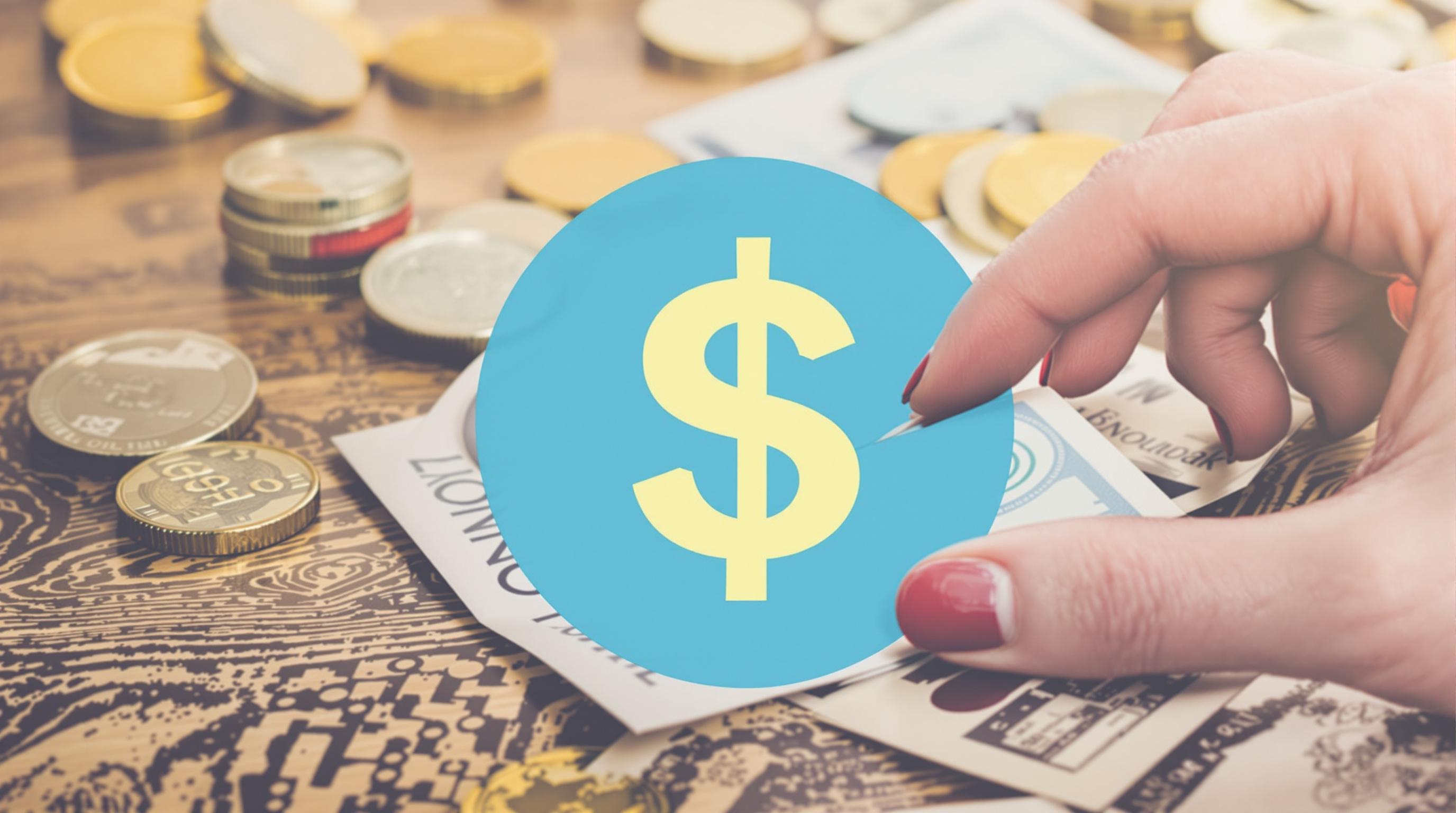Related Articles
- Top 6 Niche Credit Cards from the Past Five Years That Exploit Unseen Reward Loopholes
- Unmasking the Silent Influence of Social Media Challenges on Long-Term Financial Behavior and Credit Recovery
- How Microcredit Dynamics in Remote Communities Are Redefining Access and Trust Beyond Traditional Credit Metrics
- How Cultural Attitudes Shape Collective Borrowing Habits and Their Impact on Financial Unification Strategies
- Top 5 Under-the-Radar Digital Loan Services Launched Since 2019 That Are Disrupting Traditional Borrowing Norms
- Top 6 Cutting-Edge Financial Wellness Platforms Redefining Debt Recovery Tools Released Since 2019
How Credit Limits Shape Consumer Behavior: Unseen Forces Driving Financial Decisions Beyond the Numbers
How Credit Limits Shape Consumer Behavior: Unseen Forces Driving Financial Decisions Beyond the Numbers
Credit limits do more than control spending; they subtly influence our financial psychology and everyday choices. Understanding these unseen forces helps us grasp the complex dance between numbers, behavior, and identity in modern consumerism.
The Power of the Invisible Ceiling: How Credit Limits Affect Spending Psychology
Have you ever noticed how just knowing your credit limit can shape your spending decisions? It’s almost as if this invisible ceiling whispers, “Here lies your boundary,” turning your financial management into a balancing act of self-control and temptation.
The subtle psychological impact of knowing a credit limit extends beyond simply preventing overspending. A 2019 study by the National Endowment for Financial Education found that consumers tend to spend up to 30% less when their credit limit is visibly capped compared to those with higher or undefined limits, highlighting the behavioral influence limits exert.
Case Study: Sarah’s $5,000 Boundary
Take Sarah, a young professional living in Chicago, with a credit card limit of $5,000. Upon receiving a $10,000 limit credit card, she initially believed she’d have more financial freedom—but realized she was spending nearly 50% more each month. The higher limit didn’t just change her purchasing power; it warped her perception of what was "affordable."
This phenomenon aligns with the concept of the “credit limit anchoring effect,” where consumers treat their credit limits not merely as a monetary cap but also as a psychological benchmark for budgeting.
Humor in Financial Limits: The Credit Card Comedy
Picture this: Bob walks into a store and swipes a card that’s declined. The clerk says, “Looks like your card’s doing stand-up—too many limits, no punchline.” The embarrassed laugh aside, this little moment reveals how social embarrassment tied to credit limits can influence spending behavior beyond mere numbers.
Many of us have experienced the awkwardness of a declined transaction. Beyond the immediate inconvenience, these social dynamics can reinforce more cautious financial habits—or, contrarily, lead to risky behaviors to avoid embarrassment.
The Behavioral Economics Behind Credit Limits
Behavioral economists argue that credit limits act as mental “budgets” rather than just financial ceilings. According to Richard Thaler’s theory of mental accounting (Nobel Prize, 2017), consumers compartmentalize money into different accounts, affecting how they spend or save.
Within this framework, a credit limit is not just a restriction but a category tag, influencing spending by signaling how much “disposable” credit is available. When limits are raised, consumers might increase spending almost immediately, often without reassessing their actual income or financial goals.
Conversational Insight: “Why I Cried Over My Credit Limit”
At 28, I found myself staring at a $15,000 credit limit and feeling oddly anxious. It was like being handed a golden ticket that promised freedom but whispered of responsibility. Every purchase felt bigger, every impulse more costly. Discussing this with friends, many admitted similar feelings—a strange cocktail of empowerment and fear that reshaped their spending.
Credit Limits and Identity: More Than Just Numbers
Beyond dollars and cents, credit limits contribute to a consumer’s identity. Social scientist Dr. Helen Armstrong argues, “Credit limits become status symbols; high limits suggest trustworthiness and financial competence, while low limits may signal caution—or financial instability.”
Indeed, millennials and Gen Z consumers often view their credit limits as badges of honor, showcasing financial maturity to peers—whether justified or not.
Statistics Speak: The Impact of Credit Limits on Millennial Spending
A report by Experian in 2022 revealed that millennials with credit limits above $7,500 spent 25% more on non-essential goods than those with limits under $3,000, despite similar income levels. This further cements the idea that credit limits shape financial behavior beyond strict affordability.
Storytelling: A Day in the Life of Max, the Credit-Conscious Grad Student
Max has a single barely-used card, capped at $1,200. His conscious choice stems from a desire not to be overwhelmed. However, when friends suggest a spontaneous weekend trip, Max reconsiders his credit limit as restrictive. In this push and pull, Max exemplifies the tug-of-war credit limits impose between freedom and discipline.
Practical Implications: How To Harness Your Credit Limit Wisely
Understanding that credit limits shape behavior allows you, the savvy consumer, to make strategic choices.
- Set a Personalized Credit Limit: Request a limit that aligns with your budgeting habits to avoid impulse spending.
- Use Alerts and Notifications: Rather than risking embarrassment at point of sale, setting pre-limit alerts encourages mindful spending.
- View Limits as Tools, Not Constraints: See them as part of your money management system rather than a measure of wealth or freedom.
These practical tips, backed by behavioral insights, can transform the relationship between you and your credit’s invisible ceiling.
Conversational Nudge: “Hey, Let’s Talk Limits”
Next time your credit card company offers to increase your limit, pause and ask yourself: do I really need this? Or will it just turn my spending dial up without real benefit? Owning your limits is about owning your financial choices.
Historical Context: Credit Limits Through the Ages
Credit limits are not a modern invention but evolved from early consumer credit systems. In Victorian England, shopkeepers extended “tab” credit to customers based on reputation and social standing, effectively setting informal limits on purchases (Hobsbawm, 1987).
This historical perspective reminds us that although the mechanisms have changed, the interplay between social cues, identity, and credit limits persists.
The Formal Financial Perspective: Banks and Risk Management
From a banking viewpoint, credit limits are primarily tools for risk mitigation. Banks employ complex algorithms analyzing income, credit history, and spending habits to set limits that minimize default risk.
However, this risk management inadvertently molds consumer behavior, nudging people to live within calculated margins, whether consciously or otherwise. Financial institutions thereby exert a subtle form of behavioral governance.
The Irony of Freedom: High Limits, Low Control
Paradoxically, a high credit limit can erode personal financial discipline. Consumers with larger limits often report feeling less control over their finances, as increased available credit tempts overspending and debt accumulation.
Conclusion: The Dance of Numbers and Behavior
Credit limits are far more than mere numbers—they are psychological, social, and behavioral forces shaping how people spend, save, and perceive money. By understanding this intricate dance, consumers can reclaim agency over their financial decisions.
Like a finely balanced social contract, credit limits guide without chains, beckoning us to respect boundaries while exploring possibilities within them.




